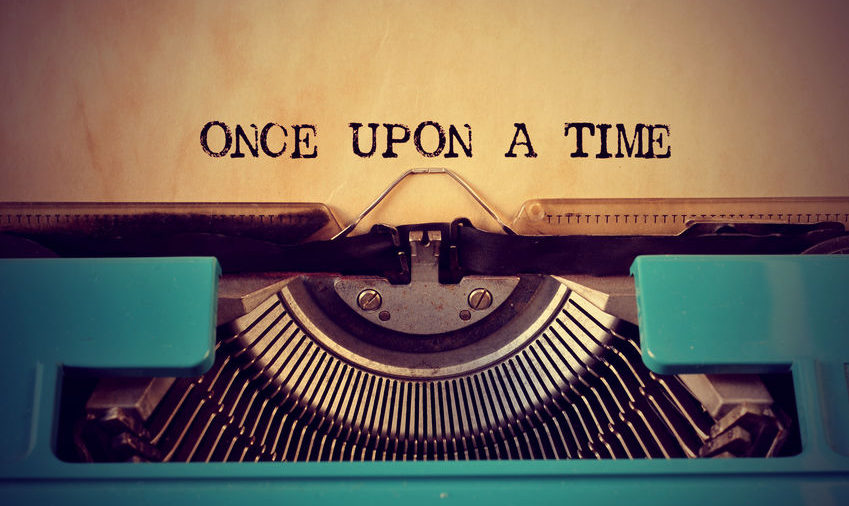Fiction a piece of creative work based on something that has been invented. It comes in an array of styles. It’s all pretend, all made up and all fun to write.
Novels are long pieces of fiction, generally 40,000 words or more. Novellas are short novels or long short stories and typically range in the 5,000 to 40,00-word category. Short pieces of fiction are called short stories are rarely go over 5,000 words. Exceptionally short pieces of fiction are called micro fiction, flash fiction, micro story or drabble and under 300 words.
Fiction is full of choices. Some new writers only think of fiction as the classics, like “Beloved,” “The Firm,” “Frankenstein,” “Tale of Two Cities,” “Waiting to Exhale,” or “Gone with the Wind.” These have won prizes, made the best-seller lists, been turned into movies and are loved by millions.
There are zillions of fictional books that are every bit as good, but haven’t made it to the public’s attention. You probably have your favorites. Oprah Winfrey has hers. I have mine.
If you’re interested in writing fiction, you’re probably already an expert in the genre in which you are writing. If you’re not reading in that category, begin to do so now. It’s the best, and some say the only, way to learn how to write in a genre. Too many emerging writers skip this step, as you’ve heard me harp on in class and then they wonder why they’re frustrated and can’t write.
Let’s say you’re a devotee of category romances, horrors, thrillers or literary fiction. But you’re unsure of how to take the next step, uncertain of character development or how much dialogue, sizzle or gore that is essential to keep the reader turning pages. What should you do? Read and make notes in your writer’s journal about best sellers in your genre. Become Sherlock Holmes or Miss Marple. Read with an eye for how the author effectively, or ineffectively, works the novel. Read Chris Vogler’s “The Writer’s Journey.”
Every fiction genre and all of the subgenres have distinctions and often specific formats for characters, plot, and story resolution. Unless you’ve read a number of books by various authors in the categories, you will be unable to create the book a reader expects. This isn’t to say you must write by a never-waver-from-it formula. It means that a mystery buff expects a mystery in the pages, a sleuth and satisfying conclusion.
Along with book-length fiction, short stories come in all these categories. If you’re writing short stories, you must become an expert on the magazines which will publish your work. Please realize that not all magazines publish fiction. “The New Yorker” does. “HGTV Magazine” does not. For those magazines which do publish fiction, often it’s only one genre. It’s smart to know which magazines feature what type of fiction before you send out your work.
I recently met an inspiring writer of short stories filled with cowboys, cacti and coyotes of the old west. They were good. Yet, he was frustrated by rejection again and again. We chatted and it took only one question and one answer to figure out the problem.
“Where are you submitting the stories?” I asked.
He replied, “Reader’s Digest.”
I gently broke the news: “Reader’s Digest” never publishes fiction and typically uses articles that have been previously published, called reprints.
His response? “Oh.”
Lesson learned. Read the pubs you’re writing for.
Novellas are not easy to sell. Because of printing costs, publishers prefer books that are about 60,000 to 80,000 words in length. Why? The reading public perceives these as having enough value, by heft I think, to pay $15 to $25. They nicely sit on a shelf in your favorite bookstores. I searched the Internet for publishers are accepting novellas; I was disappointed. Most of what I googled came up as vanity publishing houses (buyer be wary, very wary). However, if your heart is in writing this length, then again, visit a bricks and mortar bookstores and see the publishers that do buy novellas.
Flash fiction? Not everyone’s cup of Starbucks, but it is really fun. They’ve been called the haiku of fiction. Everything must work, including characters, dialogue and subplots in a focused, sparse, clear piece of writing. Check out for fun the concept of “Six Word Stories” made famous by Hemmingway’s Baby Shoes. * Also check out http://www.sixwordstories.net/category/author/famous-authors/
Here’s my version, but in a Seven Word Story.
For sale: Wedding dress, worn by mistake.
You are now officially armed and dangerous when it comes to creating the right length of fiction for all your fictional and real writing desires. Remember, read what you want to write. Then write the piece of fiction you want to read.
Eva Shaw, © 2019
*Hemingway receives credit as the inventor of the Six Word Story. Supposedly, fellow writers challenged him to write a story in only six words. Subsequently, he produced, “For sale: baby shoes, never worn.” The short phrase, though lacking many elements of traditional stories, did, in a sense, possess a beginning, middle, and end.

I have just started one of your online classes and was curious about your blog. I like this article, lot’s of new information for me…a wanna be writer! I believe I have what it takes, now I’m putting all the pieces together. Your information is very helpful and I’ll be back to read more! Thank you!
Thanks, Lori. Each month, I’m trying to provide practical info that might be in a class, but in more depth. I appreciate your comments.